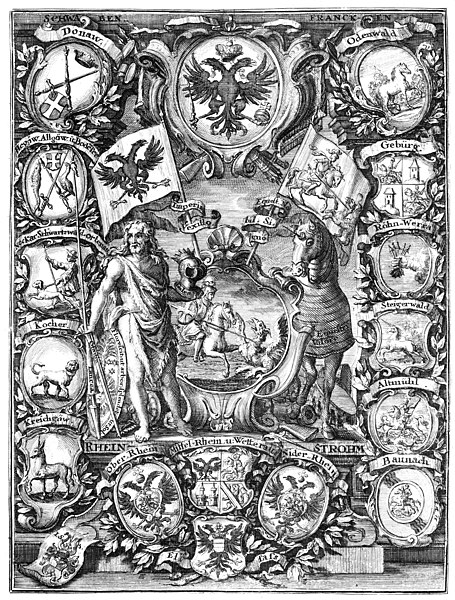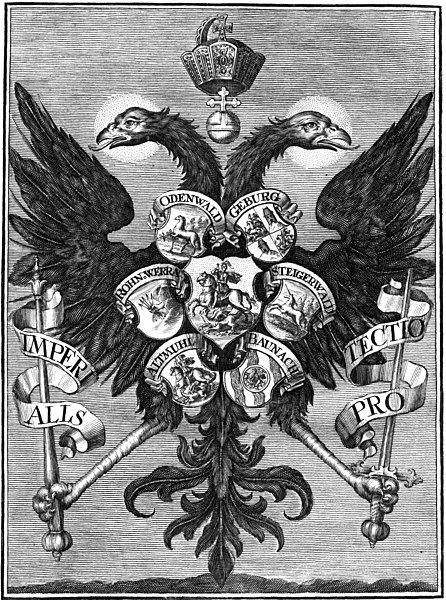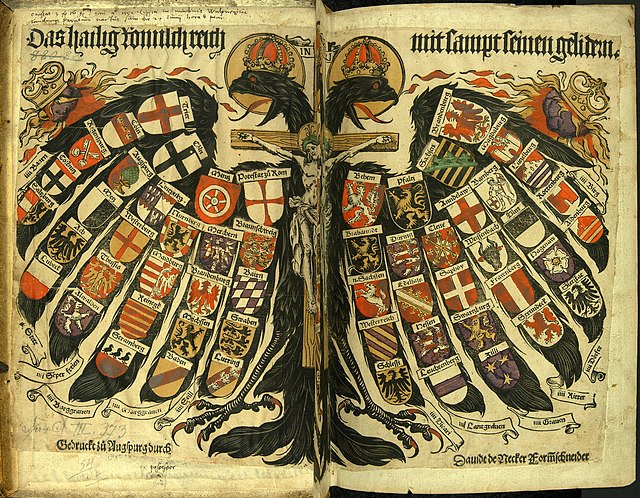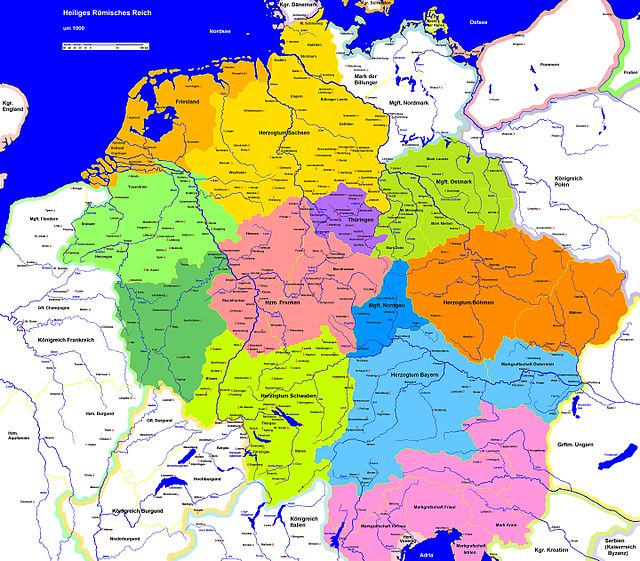The Free Imperial Knights were free nobles of the Holy Roman Empire, whose direct overlord was the Emperor. They were the remnants of the medieval free nobility (edelfrei) and the ministeriales. What distinguished them from other knights, who were vassals of a higher lord, was that they had been granted Imperial immediacy, and as such were the equals in most respects to the other individuals or entities, such as the secular and ecclesiastical territorial rulers of the Empire and the free imperial cities, that also enjoyed Imperial immediacy. However, unlike all of those, the Imperial knights did not possess the status of Estates (Stände) of the Empire, and therefore were not represented, individually or collectively, in the Imperial Diet. They tended to define their responsibilities to the Empire in terms of feudalized obligations to the Emperor, including personal service and strictly voluntary financial offerings paid to the Emperor himself.

15 Knight-cantons (Ritterorten) are represented in this print of 1721, Johann Stephan Burgermeister
Engraving depicting the Imperial Knights, 1710
Estates of Imperial Knights (Mainz)
The Franconian Circle from Des heiligen Römischen Reichs ohnmittelbahr - Freyer Ritterschafft Der Sechs Ort in Francken, 1720
The Holy Roman Empire, also known as the Holy Roman Empire of the German Nation after 1512, was a polity in Central and Western Europe, usually headed by the Holy Roman Emperor. It developed in the Early Middle Ages and lasted for almost 1,000 years until its dissolution in 1806 during the Napoleonic Wars.
The double-headed eagle with coats of arms of individual states, the symbol of the Holy Roman Empire (painting from 1510)
The Holy Roman Empire during the Ottonian dynasty
Henry begging Matilda of Tuscany and Hugh of Cluny in Canossa Castle (miniature in an illuminated manuscript kept in the Vatican Library, 1115)
Frederick Barbarossa, Holy Roman Emperor








